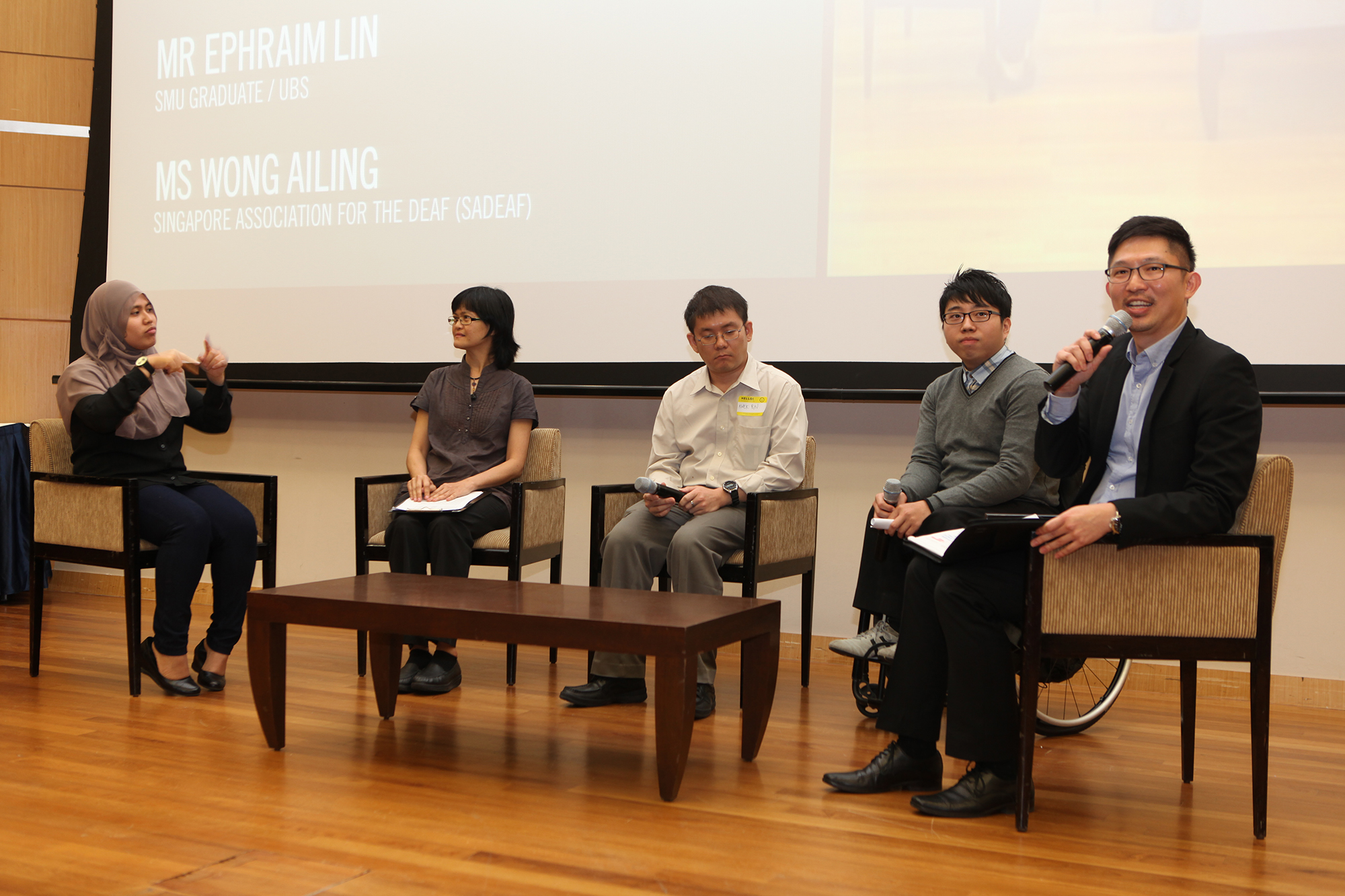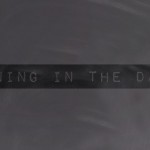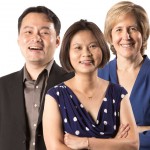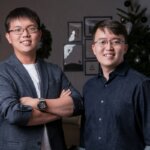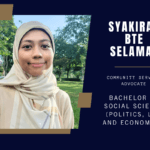Written by Karl Gan, SMU Lee Kong Chian School of Business
When we go through everyday life in school, we blaze through things. Life passes at a hectic pace, and things become second nature and routine to us. As a result, we don’t really consider what someone else might find challenging or difficult. Things like walking up the escalator when we’re late for class, rushing to buy food at Koufu before the queue explodes out of control, and squeezing through the gantries, afraid of them snapping shut and “kiap-ing” us (it’s happened to me once! Oh the horror!), are all things that we do without giving a second thought.
After attending a conference on diversity inclusion, I have realised just how much comfort I have been taking for granted since I began my education some 16 years ago. “Building a Culture of Inclusion Within Institutes of Higher Learning” was a conference held on 7 February 2014 with the intention of building a culture of inclusion and a community of diversity within insitutes of higher learning such as universities and other tertiary educational institutes such as polytechnics. It was one of the conferences in the Glue series organised by the SMU Office of Global Learning for diversity and inclusion learning.
I am very proud to say SMU is the first university in Singapore to consider this crucial aspect of its student body, and at the conference, a memorandum was signed promising greater developments in diversity inclusion in SMU.
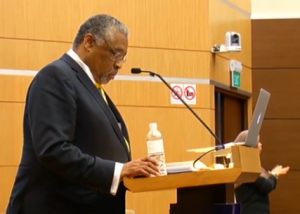
Dr Earl Avery, assistant professor of management and diversity inclusion scholar at Bentley University, Massachussetts
What is diversity inclusion? Dr. Earl Avery, keynote speaker at the conference and assistant professor of management at Bentley University in Massachussetts, USA, summed it up as the consideration of students not within the majority population in administrative decision-making and policy work. He cited examples of most of the minority issues in the world today, from sexual orientation to race to gender, and he was critical of The Dominant Group—basically anyone not within these minorities groups in your home country—forgetting about the “Other’s” loss of privileges.
In case anyone needed incentivising, he gave the business-minded individuals in the conference hall motivation: A perceived lack of diversity support in companies resulted in high turnover rates and employee absenteeism, which in turn impacted company profits and performance in the market.
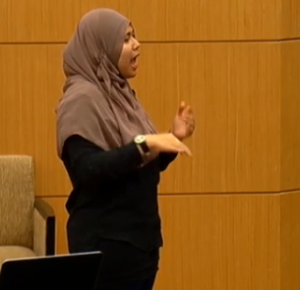
A sign language interpreter translating for conference attendees.
So how do we implement diversity inclusion? How do we fight discrimination and inequality in our universities? Suggestions from Dr Avery and Ms Mary Quirke, a rep from the Association for Higher Education Access and Disability (AHEAD) in Ireland, included the hiring of a university contact person or officer who is qualified to handle disability issues, inclusion of awareness courses for students and employers alike, ensuring fair employment standards and practices, and holding people accountable to incidences of discrimination despite their contributions to the university. Dr Avery reflected this in a story, where a tenured professor lost his teaching position at Bentley after reports of sexual harassment surfaced.
Linking all that had been said to Singapore, I began to think. Sometimes, it feels like Singapore is too slow to accept diversity. Recent headlines and articles suggest that a lot of Singaporeans are still stuck in their ways of thinking that exclude the minority and people whom they do not understand. But this conference, and to a certain degree SMU too, gives me hope that things are changing soon, and changing for the better. We are starting to learn, and to accept, and to be better people.
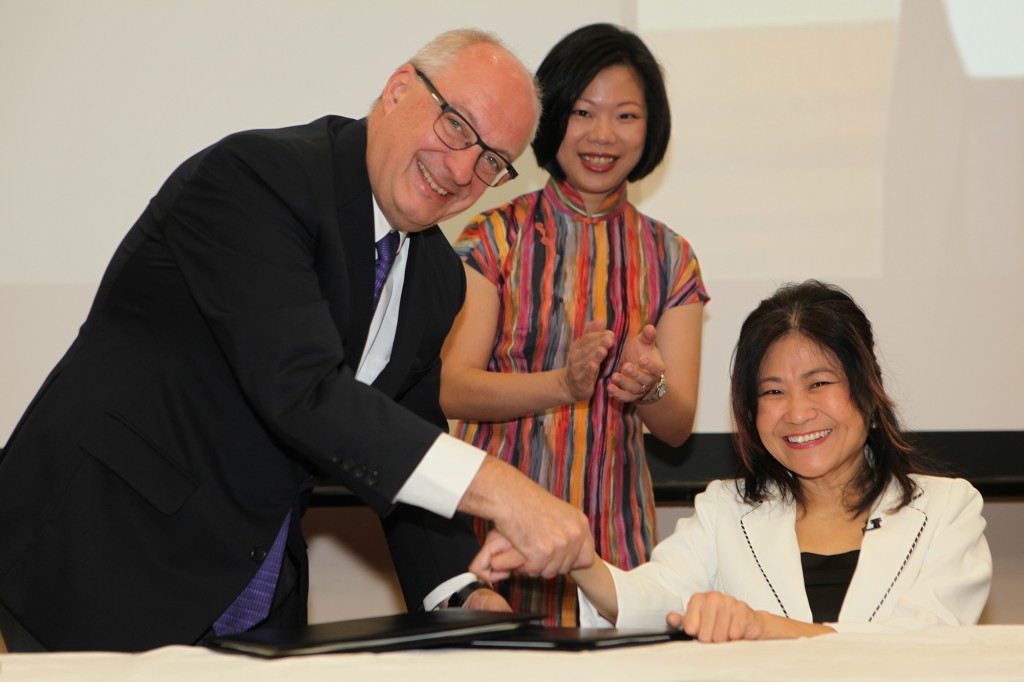
President Arnoud De Meyer signs the memorandum of understanding with SPD President Ms Chia Yong Yong.
Source: SMU
As SMU President Arnoud De Meyer said, a culture of inclusion is more than just the work of a few. The ownership of diversity lies in the faculty and students. To really include everyone, and allow everyone access to the wonderful opportunities SMU and the world has to offer, we have to open ourselves up, and take responsibility for our behavior and actions. Diversity is a mainstay of an ever-changing world, and to quote another of our university President’s famous sayings, “If you want something, do something”.
I will, indeed. I begin by understanding the luxuries I have been granted, and then go further to see who around me might need help to access those same luxuries. There is a place for everyone in society. Some of us might be a little lost right now, but with help and guidance, we’ll all find our place, eventually.

